ratty
I'm not special I'm limited edition
- Posts
- 34,277
I haven't cleaned the MAP sensor on my defender for a little while so I thought that it was about time I gave it a spring clean before my holiday. Unfortunately I didn't think about taking any pics until after I've cleaned the MAP so can't show you how gunky it actually was.
First off you need to remove the three 13mm bolts holding the plastic engine cover on.
There is one on the offside (drivers side) of the vehicle....
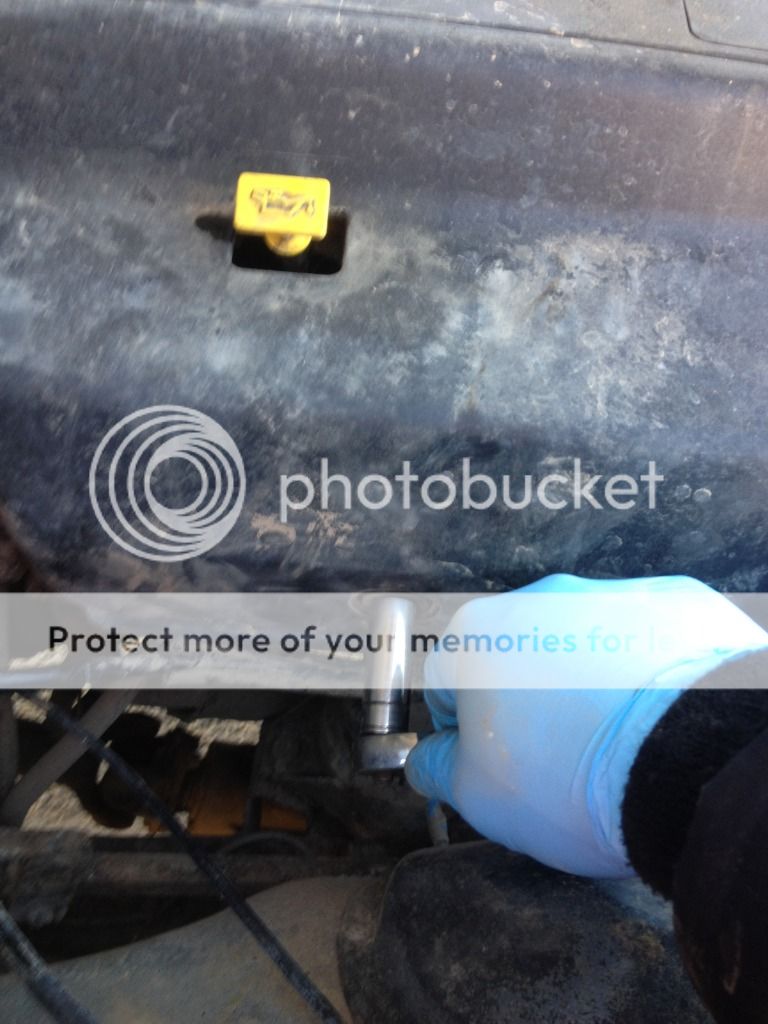
and 2 on the nearside (passenger side).
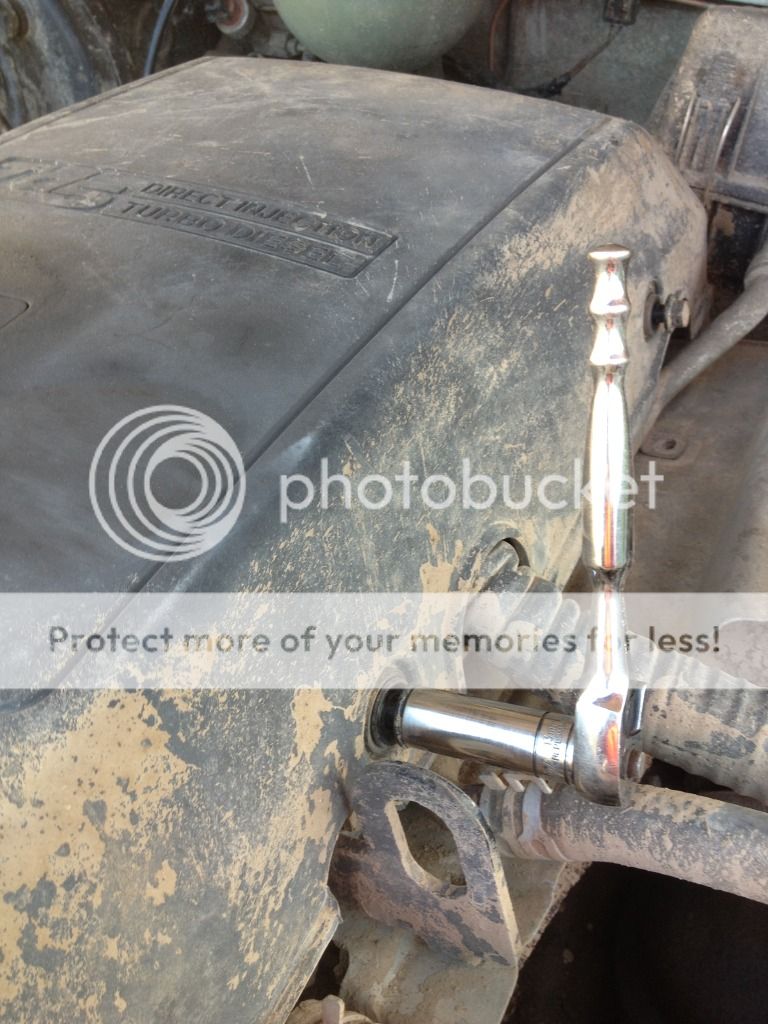
We can now see the MAP sensor situated alongside the dipstick
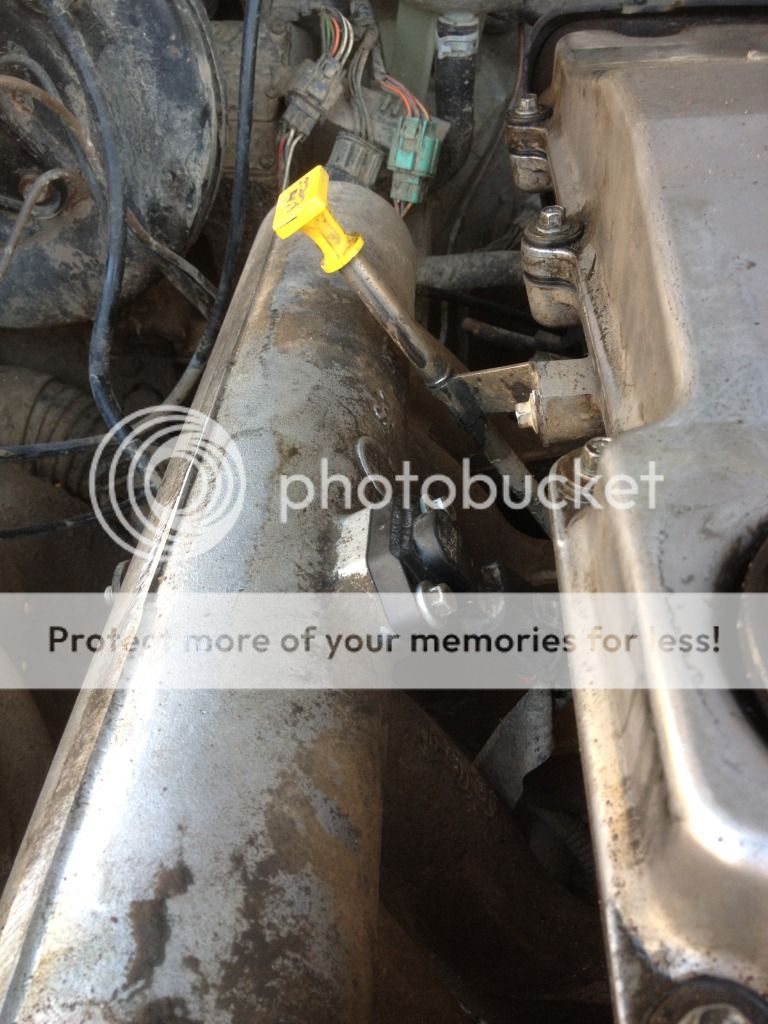
Next we need to undo the two 8mm bolts holding the MAP in place. You will need to use a spanner as the bolt nearest the front of the engine doesn't have enough room to get a socket and ratchet on

Gently wiggle the sensor from side to side while pulling and it should ease out. You will then need to unclip the electrical connector by squeezing the plastic tab at the wire end of the plug.
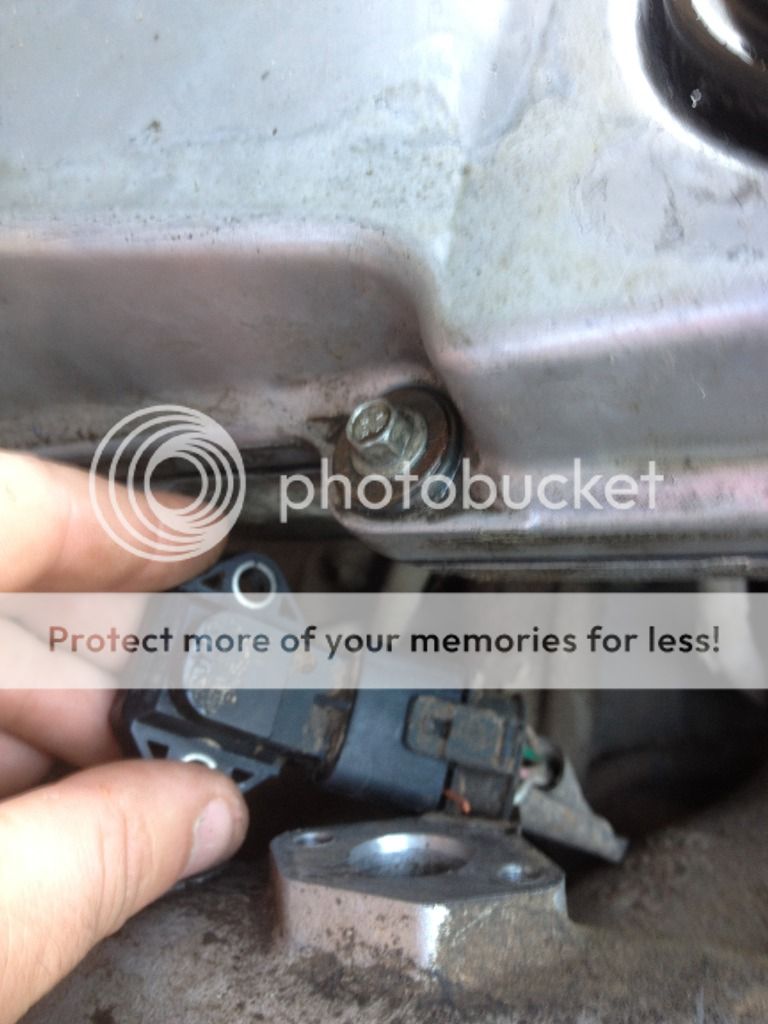
You will then be left with this.....
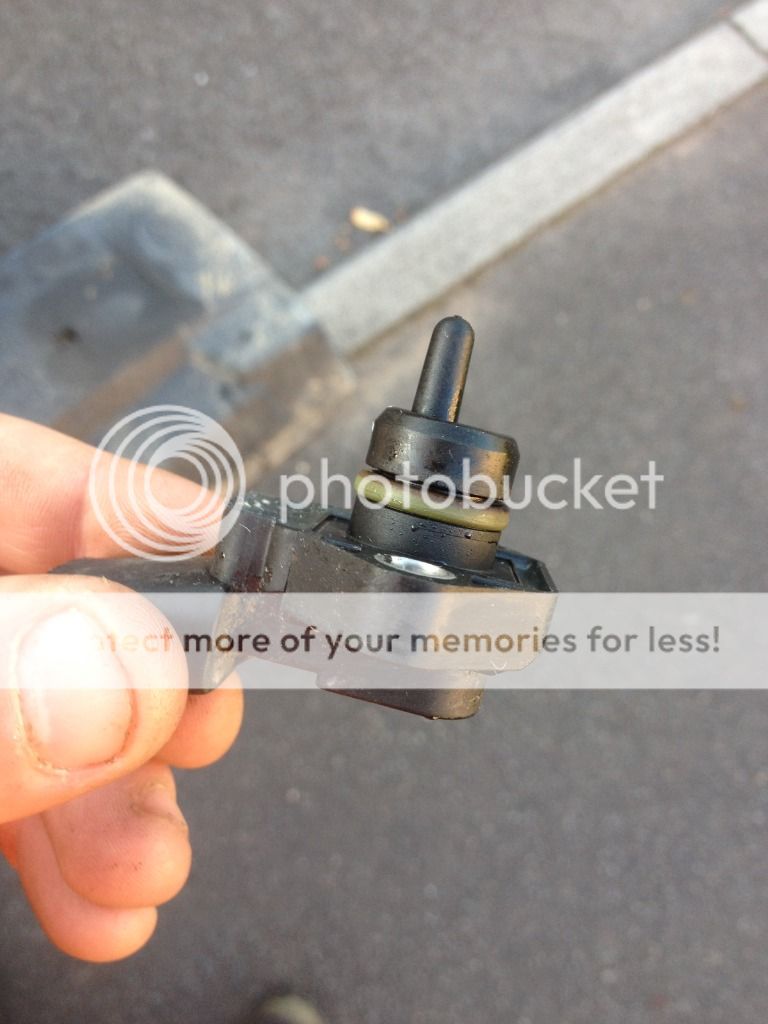
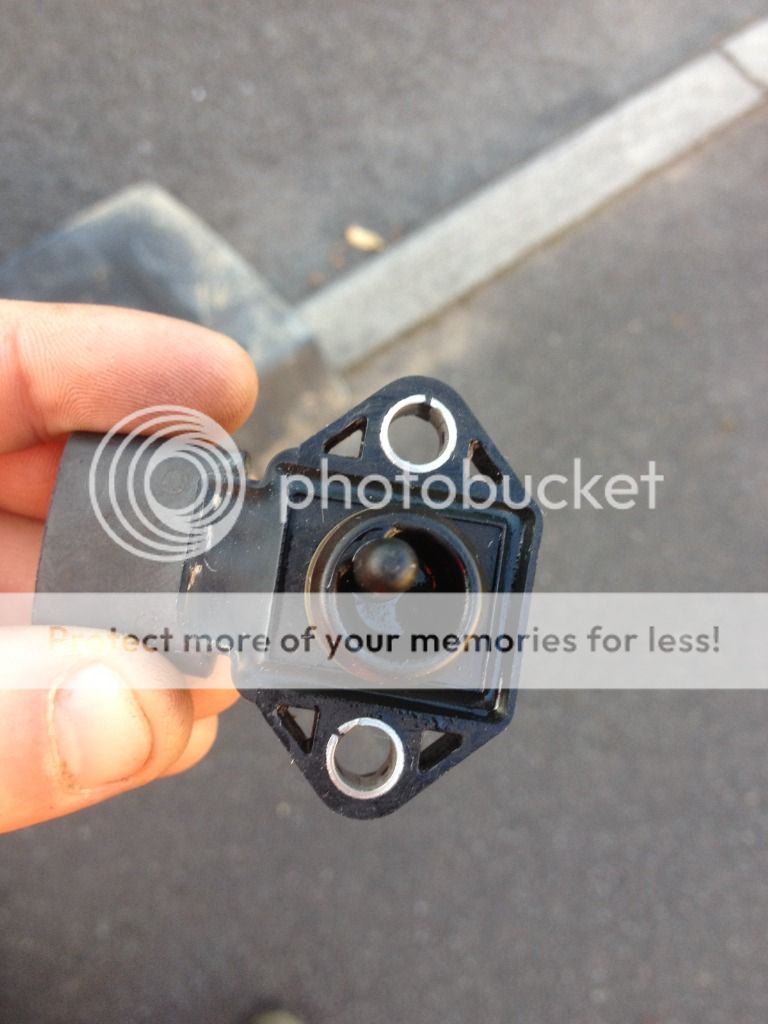
Using Carb cleaner or similar, repeatedly spray and then wipe off until the sensor is clean as in the above pics.
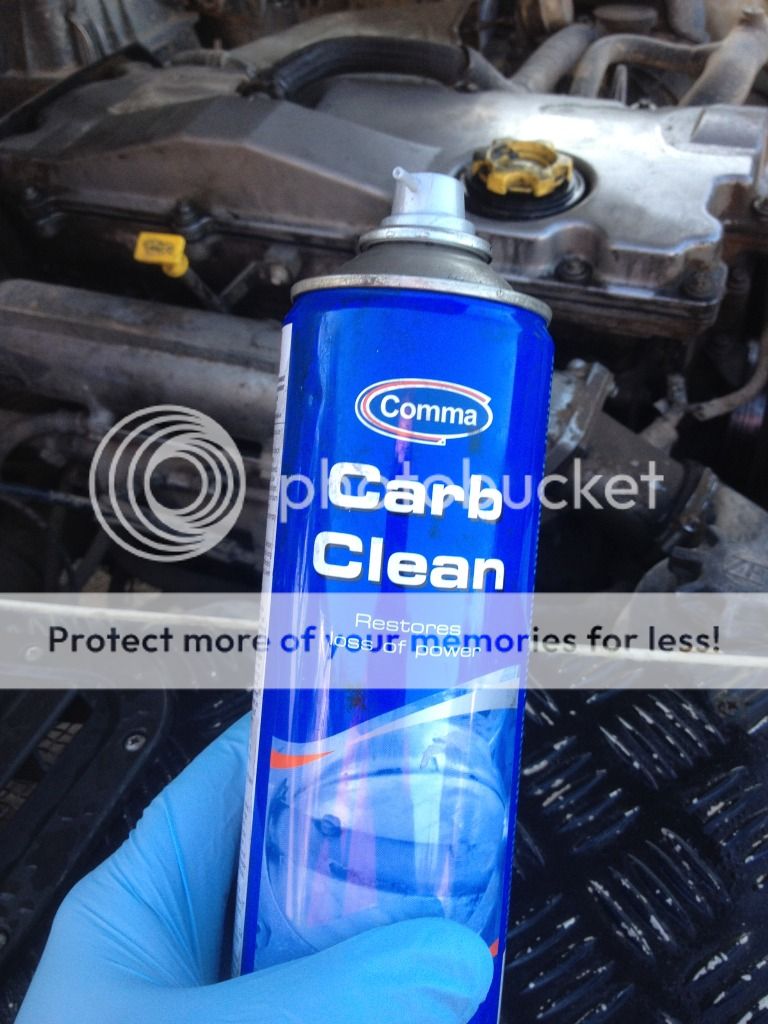
Re-fitting is simply the reverse of the above.
First off you need to remove the three 13mm bolts holding the plastic engine cover on.
There is one on the offside (drivers side) of the vehicle....

and 2 on the nearside (passenger side).

We can now see the MAP sensor situated alongside the dipstick

Next we need to undo the two 8mm bolts holding the MAP in place. You will need to use a spanner as the bolt nearest the front of the engine doesn't have enough room to get a socket and ratchet on

Gently wiggle the sensor from side to side while pulling and it should ease out. You will then need to unclip the electrical connector by squeezing the plastic tab at the wire end of the plug.

You will then be left with this.....


Using Carb cleaner or similar, repeatedly spray and then wipe off until the sensor is clean as in the above pics.

Re-fitting is simply the reverse of the above.
Last edited:
